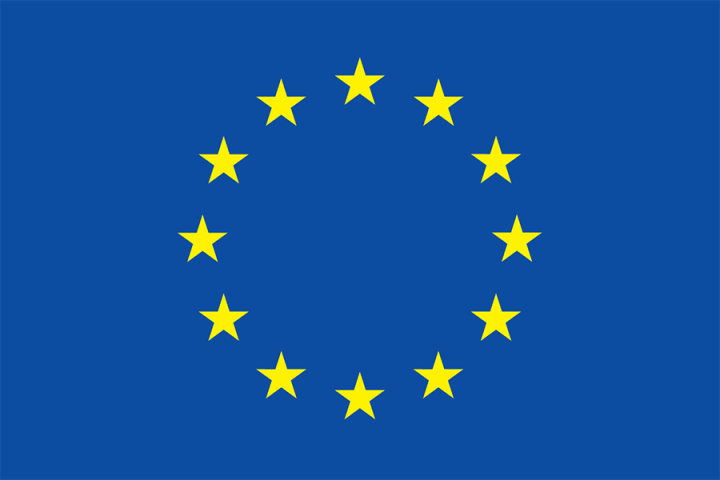Plastic convertor? Fill in the survey!
Plastic convertor’s barriers for using plastic recyclates
To gauge the technical, legislative or societal barriers that plastic convertors encounter for large-scale deployment of plastic recyclates, CREAToR launches an online survey aimed at – both – convertors who already use recyclates in their products and those who do not (yet).
A Europe-wide consortium aims to create a circular economy by removing hazardous flame retardants from plastic waste and re-using the purified material in high-value applications.
High volumes of plastic waste – for example from construction and demolition, aeronautics and electronics – pose a huge economic and environmental challenge. While the best option would be to recycle and reuse, the cost of collecting, sorting and purifying these materials is often too high, so they are disposed of via combustion or landfill, or via "downcycling", i.e. reuse in low-value products.
One specific problem is that many plastic materials contain hazardous flame retardants, such as bromine. These flame retardants were used in a myriad of products from the 1970s onward, but have since been banned throughout the EU, because they can remain in the environment for years, accumulating to toxic levels.
Over the next three years, the partners in CREAToR will develop a new purification process for waste material, using so-called continuous extraction technologies (supercritical CO2 and eutetic solvents in twin-screw extruders). To ensure that this process is transferred from the laboratory to real-life application, the consortium will also work at every stage of the value chain, developing a logistics process for the collection of materials, new characterization technologies for sorting and quality control, modification of the purified material (e.g. the introduction of new, non-hazardous flame retardants) and specific case studies for its re-use in similar applications to its original markets and also in other applications, for example in the automotive industry.
This will turn waste products into valuable raw materials, generating profits for waste collection and sorting companies and recyclers, and reducing the quantity of plastic waste in the environment. The project partners, including industrial recyclers and re-users, stand to benefit directly through the expected commercialization of the results within the next five years. Besides this, numerous European industries will benefit from the possibility to valorize and re-use waste material.
Project Partners
- Fraunhofer Institute for Chemical Technology (Coordinator)
- Volbas S.A
- Machinefabriek Otto Schouten BV
- Coolrec BV
- Relight SRL
- Fundacion Gaiker
- Transfercenter für Kunststofftechnik GmbH
- EREMA
- Centexbel
- MAIER, S. Coop.
- DAW SE
- Cyclefiber S.L.
- Fundacion Cidaut
- Kühne Logistics University GmbH
- Openbare Vlaamse Afvalstoffenmaatschappij (OVAM)
- Wudarczyk Robert (RWEnergia)
- ITRB LTD
Acknowledgment

CREAToR has received funding from the European Union’s Horizon 2020 research and innovation program under Grant Agreement no. 820477





